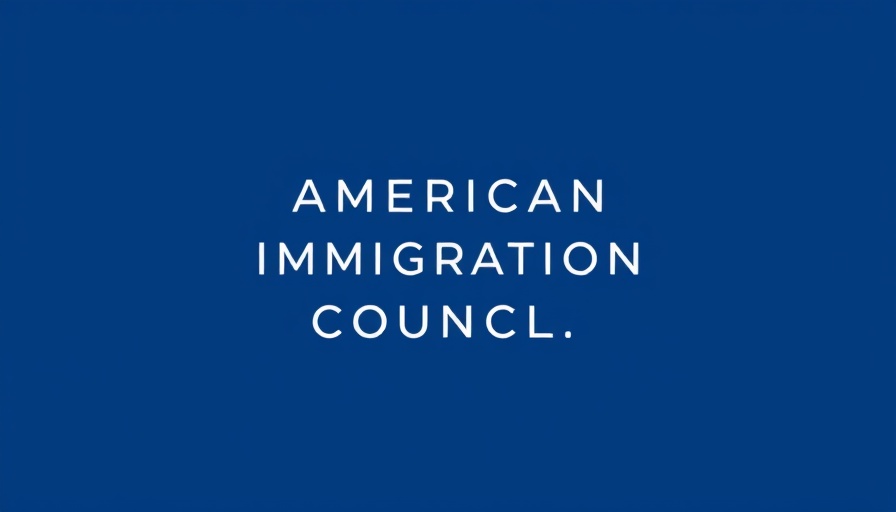
Understanding the Complexities of the Dignity Act
The ‘Dignity for Immigrants while Guarding our Nation to Ignite and Deliver the American Dream Act of 2025’ or the Dignity Act is causing waves in the political landscape. Introduced by U.S. Rep. Maria Elvira Salazar, the act seeks to offer amnesty to millions of undocumented immigrants, specifically targeting those who entered the U.S. as children - often referred to as Dreamers. In total, the Dignity Act proposes first-tier green cards for 2.5 to 2.7 million Dreamers and second-tier work permits for around 11.8 million others who entered before January 1, 2021.
What This Means for Business and Immigration Policy
The implications of this legislation could transform the workforce and the broader economic landscape in the U.S. By raising legal immigration levels by 55% over the next decade, the act allows for millions more workers, including those with skills in STEM and health professions, to enter the U.S. This raises concerns among domestic talent about job competition, particularly in a climate where the tech industry is currently experiencing significant layoffs and hiring freezes.
The Dual Edge of Amnesty: Opportunity and Challenge
While the Dignity Act provides a path toward legalization for many, critics argue that this amnesty may set a precedent that could undermine existing immigration laws. Proponents point to the potential benefits of integrating a skilled workforce into the economy, which can foster growth and innovation. However, the challenge remains: how to balance these opportunities with the integrity of current immigration systems.
Engaging in the Immigration Debate
As business lenders and financial service providers, understanding the nuances of policies like the Dignity Act is vital. These changes could shape future demographics and impact how businesses operate within the labor market. Engaging with immigration reforms should thus be part of broader financial strategies. Not only does it affect lending prospects but the overall economic viability of sectors heavily reliant on immigrant labor.
To navigate this evolving landscape, organizations should stay informed about developments and consider how proposed changes may affect their capabilities and market strategies.
 Add Row
Add Row  Add
Add 




Write A Comment